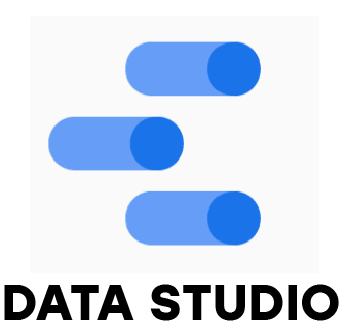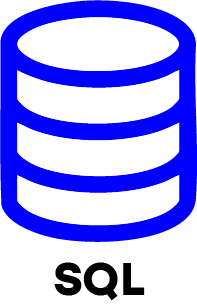1. What is a data analyst and what are their primary responsibilities?
Ans:
A centralized location created to hold all the information from several sources is called a data warehouse. Their main tasks include cleaning messy data, writing SQL queries to extract data from databases, creating reports, visualizing trends and supporting strategies with data-driven insights. They serve as the link between raw data and actionable business decisions.
2. What distinguishes data science from data analysis?
Ans:
While both fields deal with data, data analysis primarily involves examining existing data to identify trends, patterns and insights. Data science, on the other hand, includes By using machine learning statistical modeling and advanced algorithms to analyze project outcomes and resolve challenging business issues, data analysis goes beyond its current scope.
3. What tools and technologies do you use for data analysis?
Ans:
Data analysts use various tools depending on the task. SQL is commonly used for requesting and managing data in databases. Excel is helpful for quick analysis and reporting. For more advanced tasks, tools like Python (with Pandas and NumPy) or R are used for data manipulation and analysis. Additionally, tools like Talend, Alteryx and Power Query help in preparing and cleaning data, while visualization tools like Tableau and Power BI are used for presenting insights.
4. What is SQL and how is it used in data analysis?
Ans:
SQL or Structured Query Language is standard language used to communicate with relational databases. It enables data analysts to retrieve specific data, filter records, join tables and perform calculations efficiently. SQL plays a key role in preparing data before deeper analysis or visualization.
5. What is a primary key and why is it important in a database?
Ans:
A primary key is unique ID for each record in database table. It ensures two records have the same ID which maintains data integrity. Primary keys are also crucial for linking tables in relational databases providing a consistent reference point.
6. What are some common data formats used in data analysis?
Ans:
Data analysts work with a variety of data formats. Common ones include CSV and Excel files for tabular data, JSON and XML for structured data and SQL databases for organized storage. In big data environments, formats like Parquet and ORC are often used due to their efficiency in handling large datasets.
7. How do you define and measure data quality?
Ans:
Data quality refers to accurate, complete, consistent and timely the data is. It is measured by checking for missing values, duplicates, inconsistent formats and outliers. Ensuring high data quality is essential because reliable insights can only come from clean and trustworthy data.
8. What is the role of a data analyst in a project team?
Ans:
A data analyst plays key role in a project team by collaborating with engineers, data scientists and business stakeholders. They gather data requirements, clean and prepare datasets, analyze the data, create visualizations and deliver actionable insights that help guide the project’s direction and decision-making.
9. Why is data-driven decision making important?
Ans:
Data-driven decision making helps organizations rely on facts rather than assumptions. By analyzing real data, businesses can make smarter choices, reduce risks and improve efficiency. This method supports better planning, clearer strategy and measurable improvements in outcomes.
10. How do you ensure your data is accurate and complete?
Ans:
To ensure accuracy and completeness, data analysts validate the source of the data, clean it by handling missing values or errors and check for duplicates or inconsistencies. Spot-checking sample records and documenting the entire process also helps maintain trust and transparency in the analysis.

























